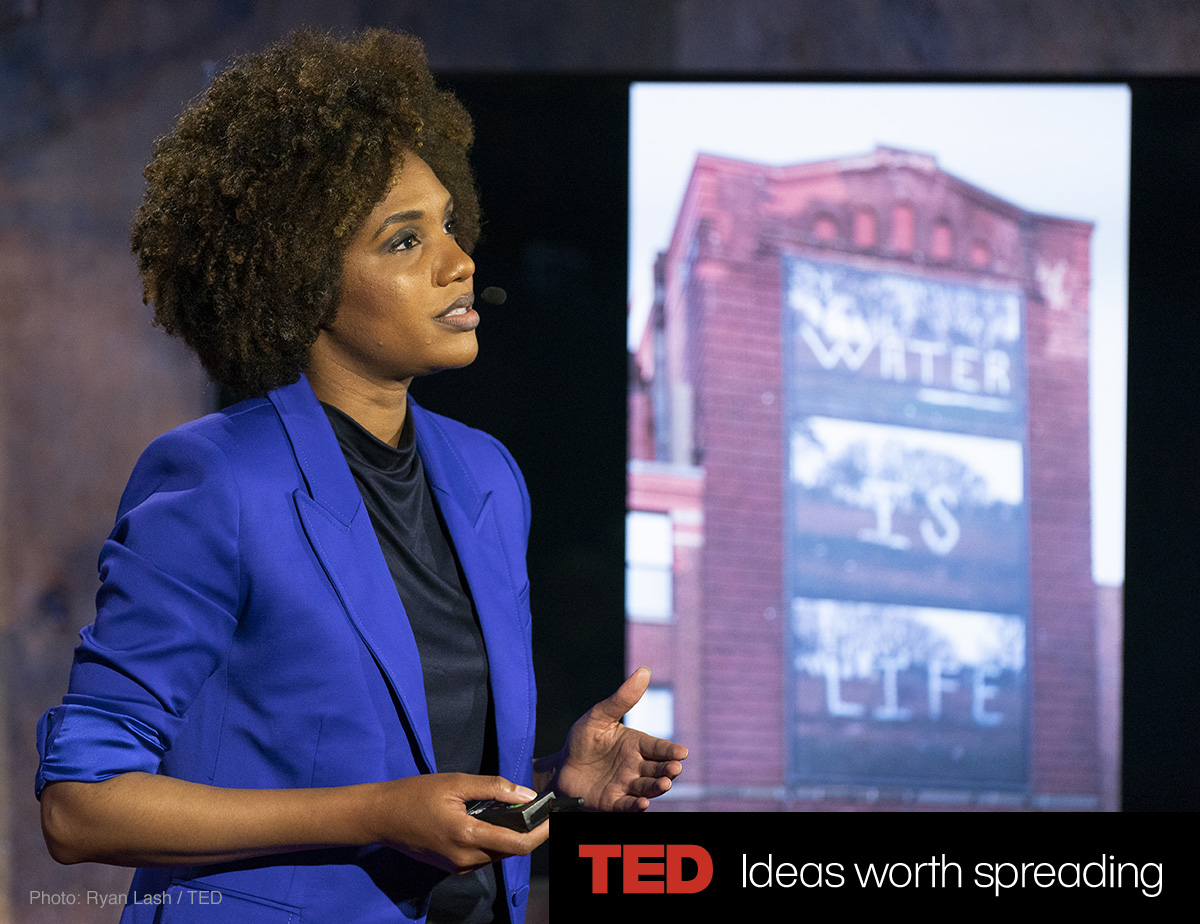Stacey Abrams’s Fight for a Fair Vote
As the 2020 elections approach, Abrams is leading the battle against voter suppression.
The New Yorker
by Jelani Cobb

“I have the right to do the things I think I should do,” Abrams said. “My gender and my race should not be limitations.”
Photograph by LaToya Ruby Frazier for The New Yorker
Among the many issues currently polarizing American politics—abortion, climate change, health care, immigration, gun control—one of the most consequential tends to be one of the least discussed. The American electorate, across the country, is diversifying ethnically and racially at a rapid rate. Progressives, interpreting the shift to mean that, following traditional paths, the new voters will lean Democratic, see a political landscape that is turning blue. Conservatives apparently see the same thing, because in recent years many of them have supported policies, such as voter-I.D. laws and voter-roll purges, that have disproportionately affected people of color.
The issue has become more pressing with the approach of the 2020 Presidential election. In June, the Supreme Court ruled that federal judges do not have the power to address partisan gerrymandering, even when it creates results that “reasonably seem unjust.” Last month, President Donald Trump was finally forced to abandon his effort to add, in defiance of another Court ruling, a citizenship question to the census—an idea that Thomas B. Hofeller, the late Republican strategist who promoted it, believed would aid the G.O.P. in further redistricting. But, days later, the President was telling four American women of color, all elected members of the House of Representatives, to “go back” to where they came from.
The nation got a preview of the battle for the future of electoral politics last year, in Georgia’s gubernatorial race. The Republican candidate was declared the winner by a margin of less than two percentage points: fifty-five thousand votes out of nearly four million cast—a record-breaking total for a midterm election in the state. Many Georgians, though, still use the terms “won” and “lost” advisedly, not only because the Democrat never technically conceded but also because of the highly irregular nature of the contest. The Republican, Brian Kemp, was Georgia’s secretary of state, and in that role he presided over an election marred by charges of voter suppression; the Democrat, Stacey Abrams, has become the nation’s most prominent critic of that practice.
Although she has only recently come to wide attention, Abrams, a forty-five-year-old tax attorney, romance novelist, and former state representative, has been working on electoral reform—particularly on voter registration—in Georgia for some fifteen years. In that regard, some Georgians view her campaign as a success; she won more votes than any Democrat has ever won for statewide office. Georgia is representative of the nation’s demographic changes. The population is 10.5 million, and, according to the Atlanta Journal-Constitution, it was 57.5 per cent white in 2008, fell to 54.2 per cent white in 2018, and will be 53.6 per cent white next year. It will be majority-minority by 2033. Democratic leaders from red states in the South and beyond with shifting populations—they include the Presidential candidates Mayor Pete Buttigieg, of South Bend, Indiana, and former Representative Beto O’Rourke, of El Paso, Texas, as well as the former Agriculture Secretary Mike Espy, who is considering a second run for the U.S. Senate, in Mississippi—have examined Abrams’s campaign to see how they might adopt its strategies. Espy described his discussion with her as “a graduate course in politics.”
Courtesy of: The New Yorker







